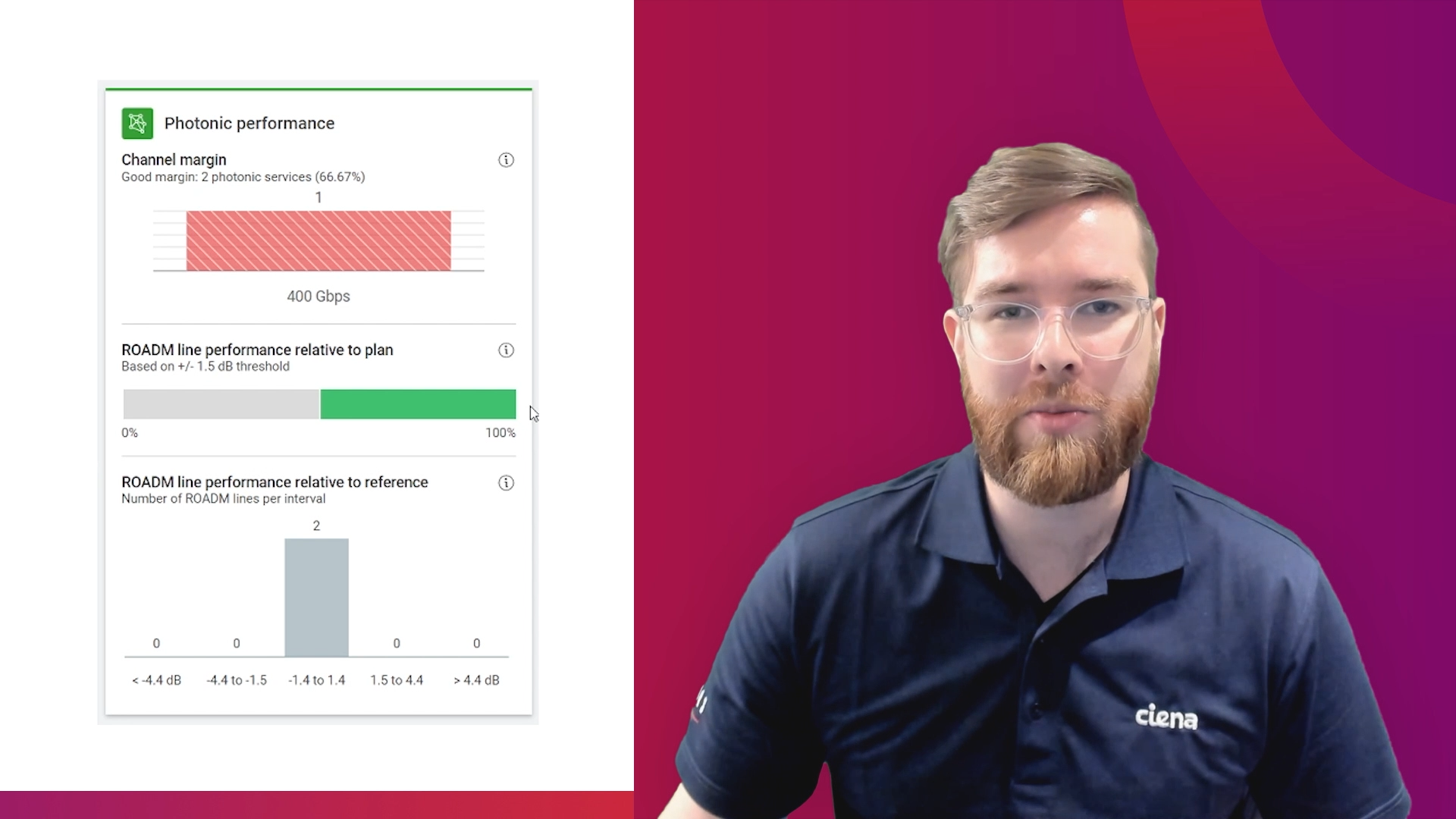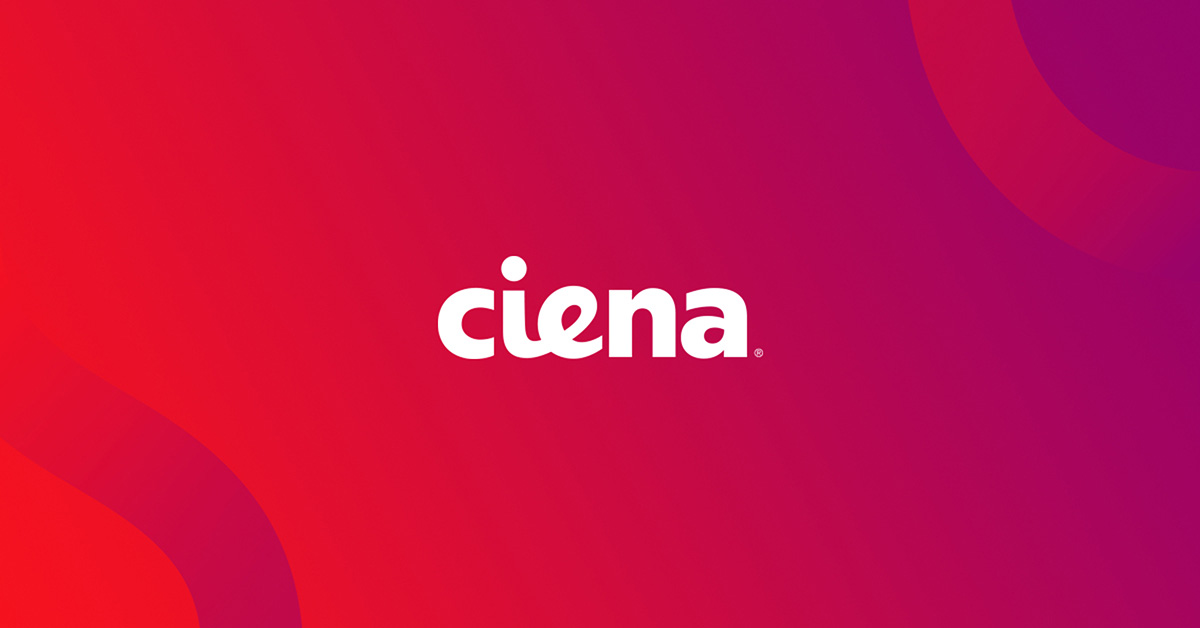Ciena's Keri Gilder on Trends, Traction, DevOps and Opportunities in the EMEA Region
I sat down with Keri Gilder—Ciena’s Vice President and General Manager for Europe, Middle East and Africa (EMEA)—to talk about her new role leading the EMEA region, Ciena’s traction in Europe, and the work she’s been doing for the Women@Ciena program. Based in London, Keri interacts on a daily basis with some of Ciena’s largest service provider customers.
Q: From a macro-economic perspective, bandwidth consumption is at an all-time high; what does that look like in the EMEA region?
Keri: This challenge is different in every country. I recently met with a CEO in the Middle East who told me two really interesting things. One, over 40% of the population in Saudi Arabia is under 18 years old. Two, video is their primary consumption mode and the average user consumes 47 GB of bandwidth a week. That’s a ton of video! And people don’t want to pay more for it—they actually want to pay less. This is just one example that goes to show the bandwidth dynamic and the need for cost reduction.
The service provider (SP) community in EMEA is in a conundrum as to how to actually deal with the consumption and ensure they provide profitable services. One of the ways they’re looking to solve this is with network function virtualization (NFV) and software defined networking (SDN). We’re having more and more conversations around virtualization and I believe the primary driver is the need to think differently about their infrastructures and services to drive out cost and generate new streams of revenue.
Q: Let’s talk about that a little more. In the race for bandwidth consumption solutions, what are we looking for in the long-term?
Keri: There’s an aspect of time associated with bandwidth. The made-in-the-cloud providers like Amazon and Facebook are nipping at the heels of the SPs. Just take Facebook’s Internet.org looking to connect everyone in the world to the web.
The reality is that the Internet Content Providers (ICPs) are taking very different approaches on how they obtain users, and it’s all about the data—whoever owns the data wins. Connectivity is becoming a commodity and time is a differentiator—time to market for a new service as well as time to turn up a new service.
SDN and NFV can help drive this delivery challenge. With virtualization, SPs can increase the turnaround of work orders and new services to days instead of months and in some cases years. NFV also enables a cafeteria of service options offered via an online portal where customers can point and click to get what they want. That flexibility and customer experience is what’s going to differentiate the ultimate winner of “the data” and ultimately the customer.
Q: What does the competitive pressure in EMEA look like compared to what we’re seeing in North America?
Keri: The reality is that the EMEA market is complex and intense. We deal in 18 countries with 18 different cultures and languages. It’s also highly competitive, which forces innovative thinking and a unique sales approach. We need to deliver value and create the outcomes our customers want—and we need—to create healthy business on both sides.
It’s also an exciting time; the Cyan acquisition has helped us open the door for different conversations and ways to help customers monetize their solutions, scale and differentiate.
Q: What can you tell us about the recently announced Blue Planet DevOps Toolkit? It’s sure to be on everyone’s mind right now.
Keri: To me, the DevOps Toolkit is the enabler to turn up new, virtualized services quickly and even let our customers do it themselves—to customize and differentiate their services. With the Toolkit, we can create virtual resources within three or four different product portfolios within a 24-hour period. No one else in the industry can do that right now.
Our customers believe in SDN and NFV, but their biggest concern is the operational aspect. I see these concerns as a triangle:
One point is Vendor Lock In. Right now, when a customer makes a purchasing decision, they’re locked into a vendor for three years or more. Our customers don’t like that; it makes it hard to keep up with the times and instill a competitive price structure.
The second point is the Addiction to outsourcing. In the past, a lot of the operational teams outsourced to the big integrators to the extent that they found themselves dependent on them—and it was a pricey addiction. They want to break the cycle and say: “You brought me to the dance, teach me how to dance. I don’t want to get married, just dance and then go home.” That’s what the DevOps Toolkit allows; it lets customers enjoy the benefit of having someone teach them and help them on the initial startup and training and then enable them to take control and differentiate with new services.
Flexibility & Speed To Market is the third point of the triangle. We allow customers to either build services themselves or we can build for them with our professional services team—but they’re not constrained by either approach. That is the beauty of Blue Planet and our open systems. Time to market can be 24 hours and customers can work in a “fail fast” scenario to try new services and build new revenue streams.
Q: You’re leading the charge with Women@Ciena; what’s been your biggest take away from that so far?
Keri: The advancement of women in the professional environment, not just tech, continues to grow. Topics like gender equality and ensuring that career advancement is happening are elevating. After all, creating a diverse workforce is more than just “the right thing to do,” it’s a business imperative: organizations with greater gender diversity outperform those that don’t by 15%. We have a hybrid mix of participants within the Ciena team that bring a tremendous amount of value and show me that this isn’t just a women’s issue, but that it takes both genders to solve the problem.
We’ve really elevated our communication and networking within the Ciena community across the globe to help advance women in their careers. We’re driving internal and external networking and development programs to drive the cause and have launched a ENG Girl Day at our R&D facility in Ottawa to help drive the pipeline for young girls into STEM. With the Women@Ciena, community we’re truly going to make a difference this year.






